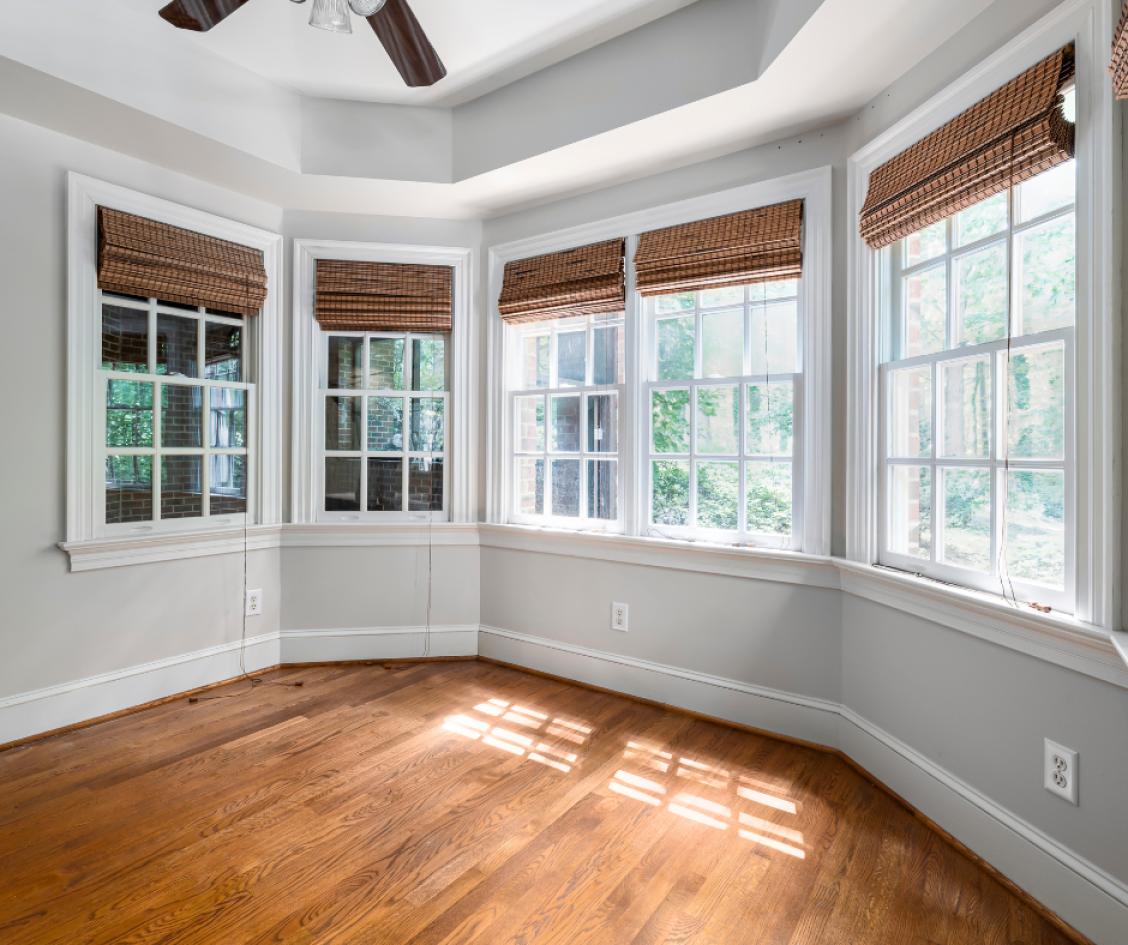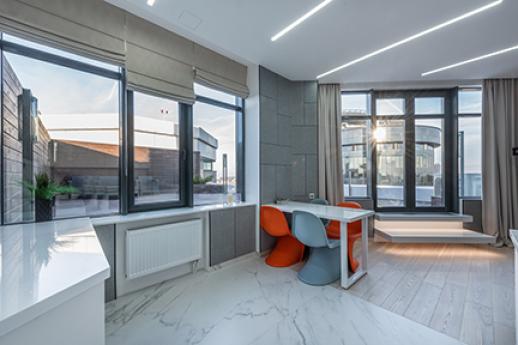The Impact of Window Treatments on Home Design
Windows let in natural light and frame views of the surroundings while acting as doors to the outer world. But the way these windows are decorated can have a big effect on a house's overall style and atmosphere. Drapes, shades, and shutters are examples of window treatments that are more than just functional—they also contribute significantly to visual enhancement, cozy interior design, and homeowner style reflection. Let's examine the significant influence of window treatments on interior design, taking into account fashions, useful factors, and the harmony between different window types and window treatments.

1. Improvement of Aesthetics:
Window treatments are an effective way to change a room's appearance and atmosphere. For instance, curtains can provide drama and refinement, particularly if they are chosen with colors and patterns that go well with the room's general color palette. Conversely, blinds provide a sleek, contemporary look that enhances a more minimalist or modern style. A unified and aesthetically pleasing atmosphere can be created by selecting window treatments that complement the other aspects of the home design scheme.
2. Privacy and Light Control:
Window treatments have advantages that go beyond aesthetics. Controlling the amount of natural light that enters a space is essential to achieving the right atmosphere. For example, sheer drapes let in gentle, diffused light, making the space feel open and spacious. Blackout blinds or curtains, on the other hand, provide seclusion and filter out light, making them perfect for media rooms or bedrooms. When choosing window treatments that satisfy the utilitarian as well as the aesthetic requirements of a space, striking the right balance between the two is essential.
3. Window Treatment Trends:
Trends in window treatments fluctuate over time in response to shifts in materials, technology, and design preferences. Natural and sustainable materials are becoming more and more popular for window coverings. Shades made of bamboo or woven wood, for instance, adhere to eco-friendly design principles while also giving off a cozy, natural vibe. Additionally in popularity are earthy and neutral hues, which provide a classic and adaptable choice that goes well with a variety of design aesthetics.

4. Harmony with Styles of Windows:
Certain window styles require particular kinds of treatments in order to optimize their aesthetic appeal. Floor-length curtains or exquisite drapes can accentuate the grandeur of the view and frame the architectural elements of large, attractive windows, such as bay or bow windows. On the other hand, to preserve an air of openness, lighter treatments, such Roman shades or thin blinds, may work well for small or narrow windows.
5. Useful Points to Remember:
When selecting window treatments, practical factors are just as important as attractive ones. Moisture-resistant materials are necessary in high-moisture locations, such as kitchens and bathrooms, to avoid damage. Another practical factor to take into account is ease of maintenance. Window coverings that are easy to clean and maintain will last longer in terms of their visual appeal.
6. Crafting a Design Story That Is Coherent:
Window treatments are an essential component of a home's overall design story. They provide a chance to further emphasize the chosen design motif, which could be coastal, eclectic, modern, or traditional. Harmonious and well-planned design is enhanced by the use of consistent color schemes, patterns, and materials in window treatments and other room elements like furniture and accessories.
In conclusion, window treatments have a much greater influence on home design than just practicality. These treatments—whether it's the sophistication of drapes, the contemporary style of blinds, or the classic charm of shutters—have a significant impact on how a room feels and looks. Through careful consideration of current trends, functional requirements, and the unique qualities of various window styles, homeowners may utilize window treatments as an adaptable and dynamic tool to improve the overall aesthetics of their home.


